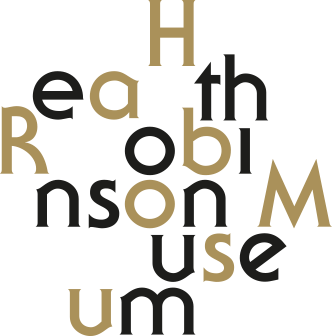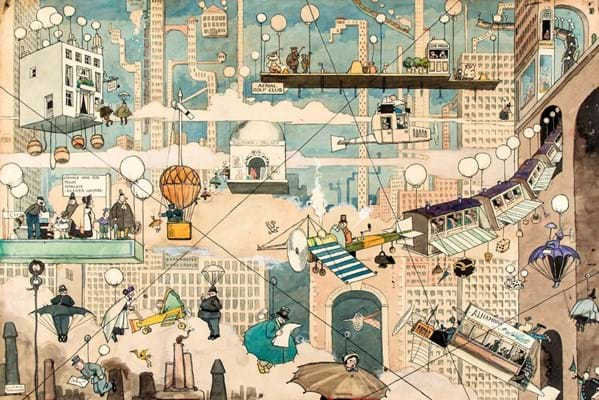
- This event has passed.
Introduction
The ancient Greeks, starting from the rigid sculpture inherited from the Egyptians, were the first people in history to develop a naturalistic style capable of expressing all forms of physical action, movement and emotion; their achievements have seldom been surpassed and have been enormously influential on subsequent Western art. In the first two sessions we shall follow the evolution from the early archaic style to the later highly dramatic Hellenistic style. At the same time we shall consider the impact of Greek naturalism on the neighbouring non-Greek peoples like the Scythians and inhabitants of Asia Minor. The last session will consider the development of Greek coinage concentrating on coins as works of art and for this purpose have selected thirty of the greatest masterpieces produced by the Greek city-states. The three sessions will also cover many of the dramatic Greek myths which were depicted in sculpture and on coins. The day will be lavishly illustrated with slides and handouts provided of all the works considered.
Tutor
Leslie Pitcher (B.A. Cantab.) has a degree in Classical Literature and Languages at Trinity College, Cambridge. He has lectured for the Arts Society, NADFAS, the WEA, and U3A. He has also lectured at Brompton Oratory on Religious Art. His particular interest is in the Classical tradition in art from the ancient world to the Renaissance/Baroque.
09.45 Registration
10.00 Greek Sculpture – archaic to classical
The early stiff but powerful works produced under Egyptian influence and the movement towards a more flowing and dynamic style especially in the battle scenes from the temple at Bassae and the great procession of figures from the Parthenon frieze
11.00-11.30 Coffee/Tea and biscuits
11.30 Greek Sculpture – late classical and Hellenistic
The development of the highly dramatic and increasingly sensuous Hellenistic style and the beginnings of portraiture and the profound delineation of character. Finally, a look at some of the gold work produced by Greek craftsmen for the Scythian rulers of South Russia and their vivid depictions of tribal life.
12.30-1.30 Lunch by Daisy’s – tea and coffee
1.30-2.30 Ancient Greek coins
How the Greeks made coins and what they used them for. The adaptation of mythology to project a Greek city-state’s sense of identity on its coinage, especially in the great masterpieces produced by the Greeks living in Sicily and Southern Italy. Finally the beginnings of true portraiture, culminating in the incredibly powerful coin portraits minted for the Hellenistic kings who succeeded Alexander the Great.

